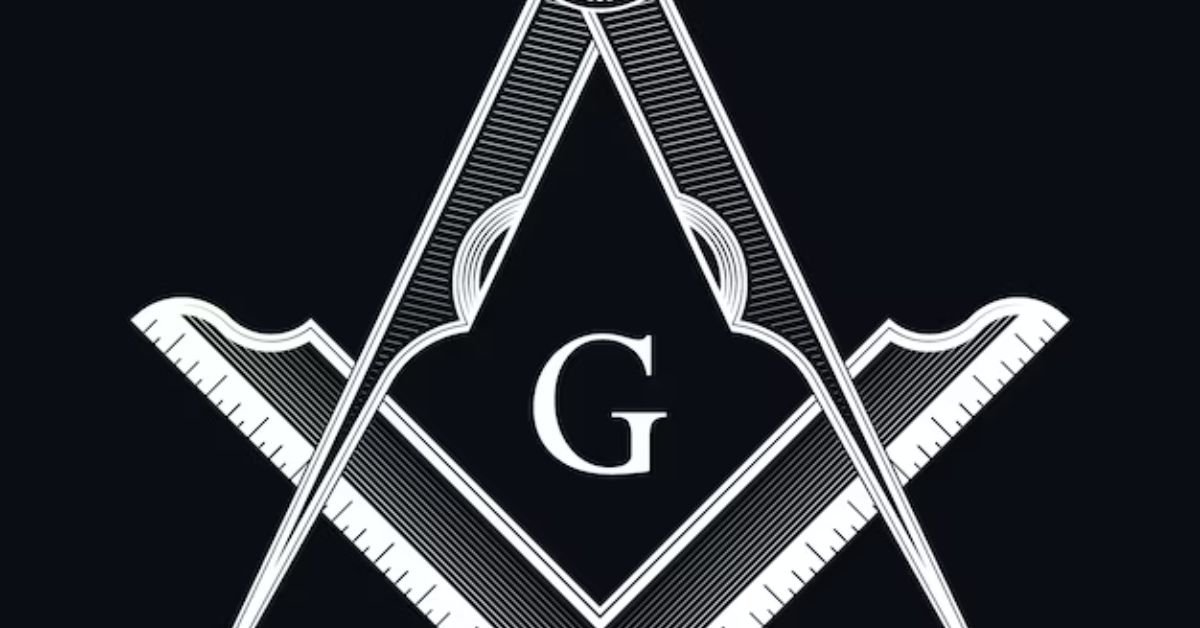Homophones are words that sound the same but have different meanings and often different spellings. In the animal kingdom, these intriguing word pairs can lead to delightful linguistic discoveries. This article explores some lesser-known animal homophones, offering insights into their meanings and how they can enrich our understanding of language and the animal world.
Bear and Bare: The Great and the Naked
Bear: The bear is a large, furry mammal found in various parts of the world, known for its strength and significant role in many cultures’ folklore. Bears can be found in different species such as the grizzly, polar, and black bear. These majestic creatures often evoke a sense of wilderness and power.
Bare: On the other hand, “bare” refers to something that is not covered or exposed. For instance, one might talk about a “bare tree” in winter, or a “bare foot” without footwear. This homophone plays on the concept of exposure versus coverage, providing a contrasting image to the strength and protection associated with bears.
Hare and Hair: The Swift and the Strand
Hare: The hare is a swift animal similar to the rabbit but generally larger and with longer legs and ears. Hares are known for their incredible speed and agility, often seen in the wild hopping through fields and meadows. They are also featured prominently in literature and folklore, symbolizing speed and cleverness.
Hair: In contrast, “hair” refers to the strands that grow from the skin of mammals, including humans. It can be found in various forms, such as the fur of animals or human hair. While hares are known for their physical speed, hair has more to do with texture and appearance, showcasing a different aspect of the natural world.
Knight and Night: The Protector and the Darkness
Knight: A knight is a historical figure known for their role as a mounted soldier or a chivalric order member, often depicted in medieval times. Knights are symbolic of honor and bravery, sometimes associated with the protection of kingdoms or important causes.
Night: Conversely, “night” refers to the time of day when it is dark outside, following sunset. Night is associated with the absence of light, rest, and often mystery. The homophone plays on the contrast between the valor of a knight and the quiet, encompassing darkness of night.
Seal and Seel: The Aquatic Mammal and the Engraving
Seal: The seal is a marine mammal known for its streamlined body and ability to thrive in both land and sea environments. Seals are agile swimmers and are often seen lounging on beaches or floating on the water’s surface. They are known for their playful nature and complex social structures.
Seel: In contrast, “seel” is an old term meaning to close or fasten something, often used historically in the context of sealing a document. While not directly related to animals, the word “seel” introduces an element of closure or finality, contrasting with the lively and open nature of seals.
Colt and Cult: The Young Horse and the Group
Colt: A colt is a young male horse, typically under the age of four. Colts are known for their energy and potential as they grow into adult horses. They represent youth and vitality within the equine world.
Cult: “Cult,” on the other hand, refers to a group of people with a particular set of beliefs or practices, often with a focus on a specific leader or ideology. While “cult” and “colt” sound similar, they represent very different concepts: one related to a young animal and the other to social or religious groups.
Mite and Might: The Tiny Pest and the Power
Mite: A mite is a tiny arachnid that can be found in various environments, including plants, animals, and soil. Despite their small size, mites can have significant impacts on their ecosystems, sometimes as pests or parasites.
Might: In contrast, “might” refers to power or strength. It denotes the capability to do something or influence outcomes, representing a concept of force rather than a physical entity. The homophone contrasts the minuscule size of mites with the expansive notion of might.
Mole and Mowl: The Small Mammal and the Tiller
Mole: The mole is a small mammal known for its burrowing habits and its velvety fur. Moles are adept at creating extensive underground tunnels and are often associated with gardening and soil health.
Mowl: “Mowl,” an older term, refers to a tool used for tilling soil or to the act of tilling. While it’s not commonly used today, it connects to the concept of working with soil, similar to the moles’ interaction with their environment.
Wren and Wreak: The Bird and the Damage
Wren: The wren is a small, active bird known for its distinctive song and compact size. Wrens are found in various habitats, often in dense vegetation where they build intricate nests.
Wreak: “Wreak” means to cause or inflict damage, often used in the context of wreaking havoc or destruction. This homophone contrasts with the wren’s gentle nature, highlighting the difference between a small, melodious bird and the concept of causing significant impact or damage.
Conclusion
Animal homophones offer a fascinating glimpse into the interplay between language and the natural world. By exploring these word pairs, we gain a deeper appreciation for the nuances of homophones and their impact on our understanding of both language and animals. From the powerful bear and the exposed bare to the swift hare and the textured hair, these homophones enrich our vocabulary and connect us more profoundly with the world around us.











